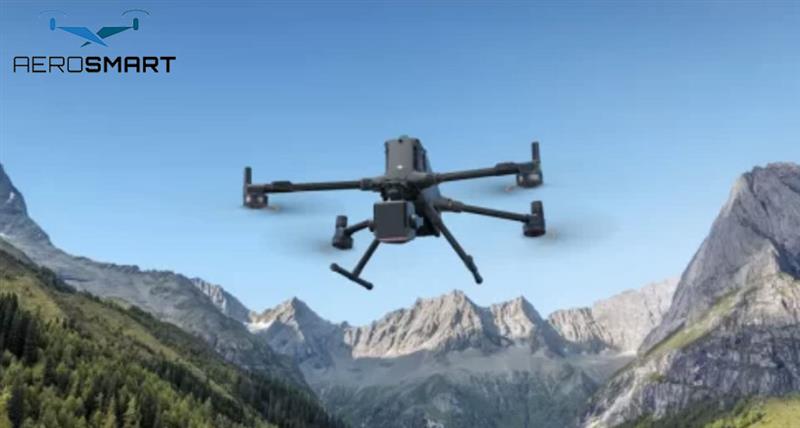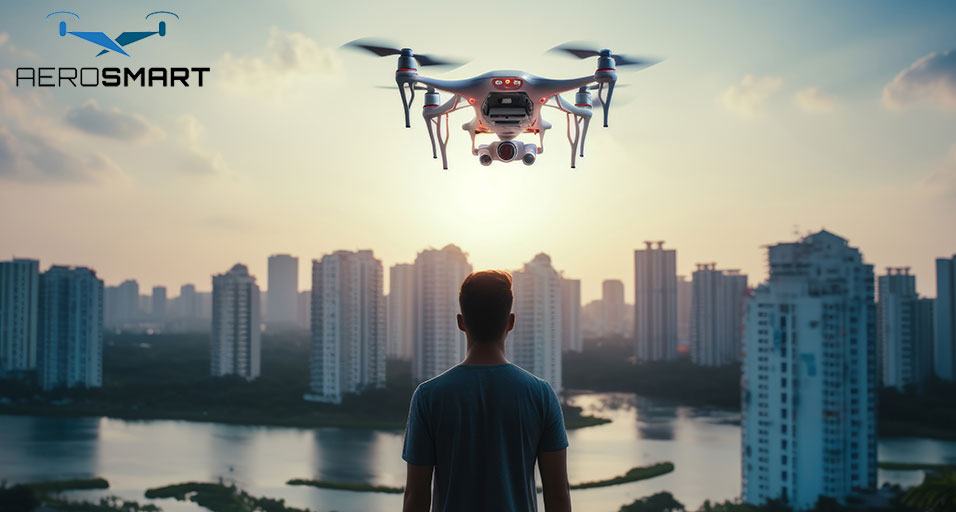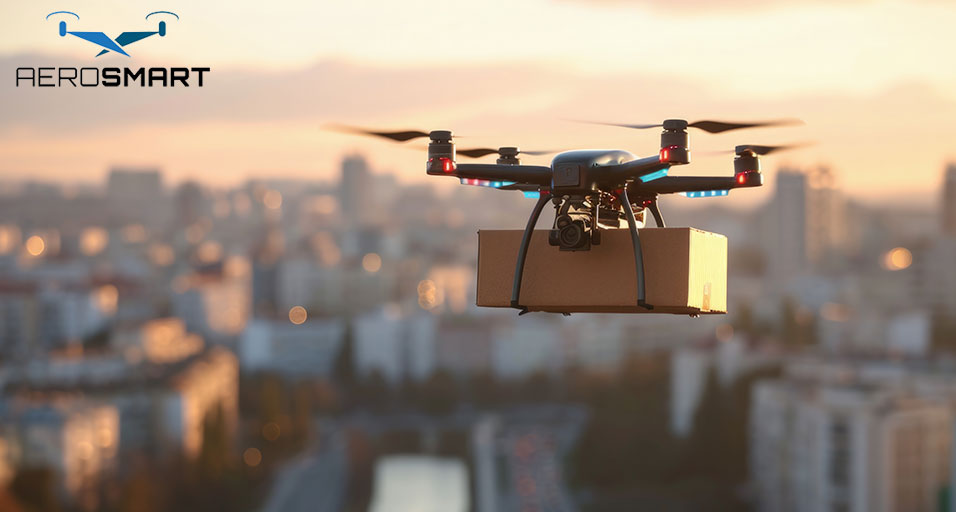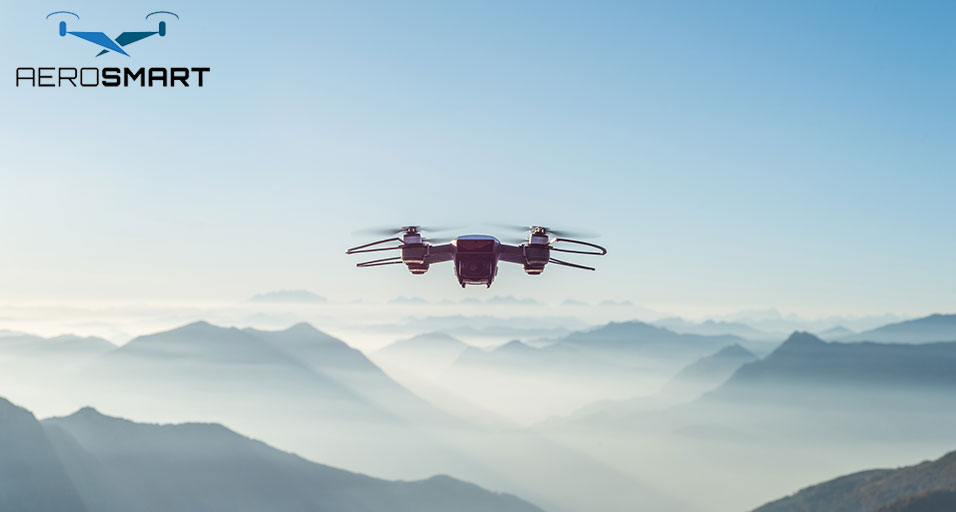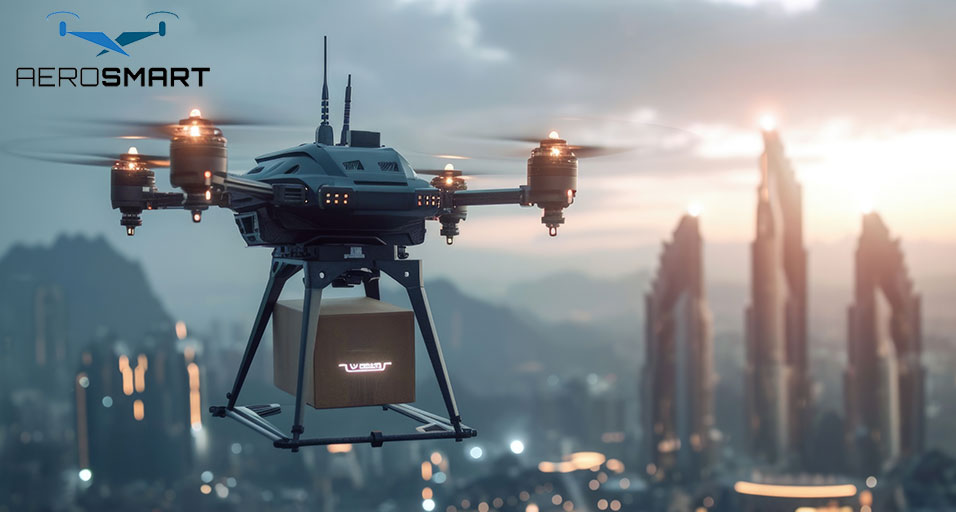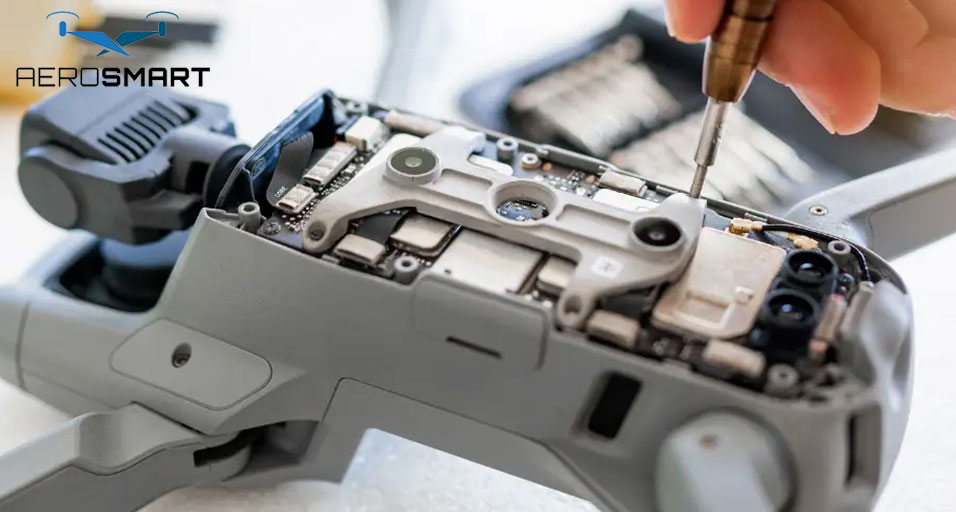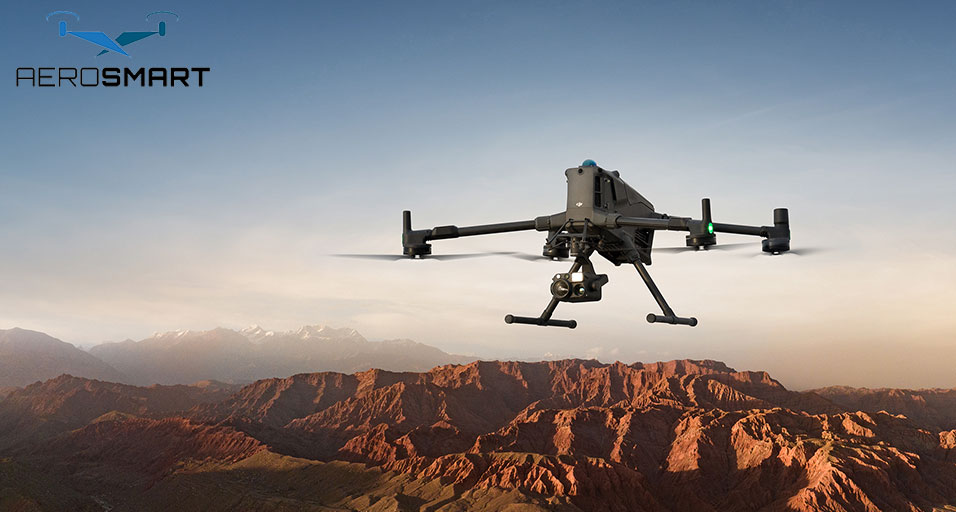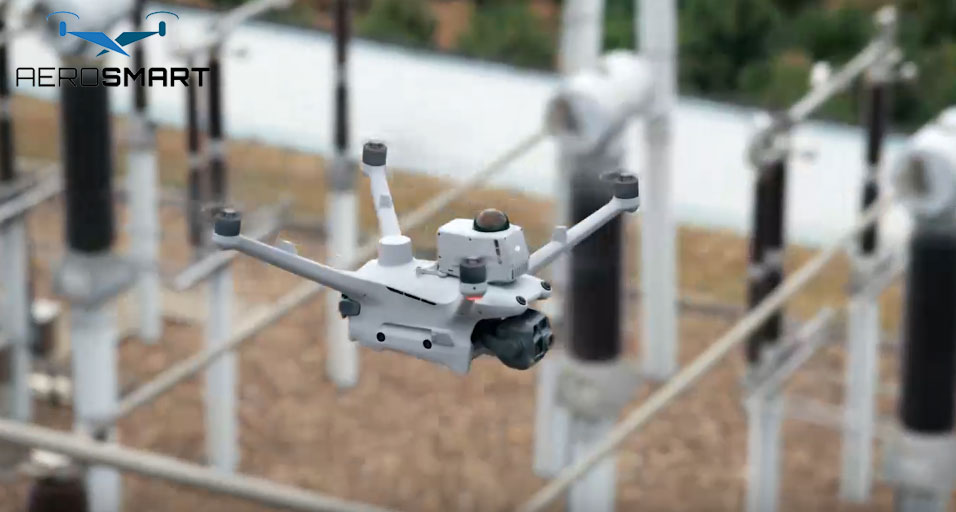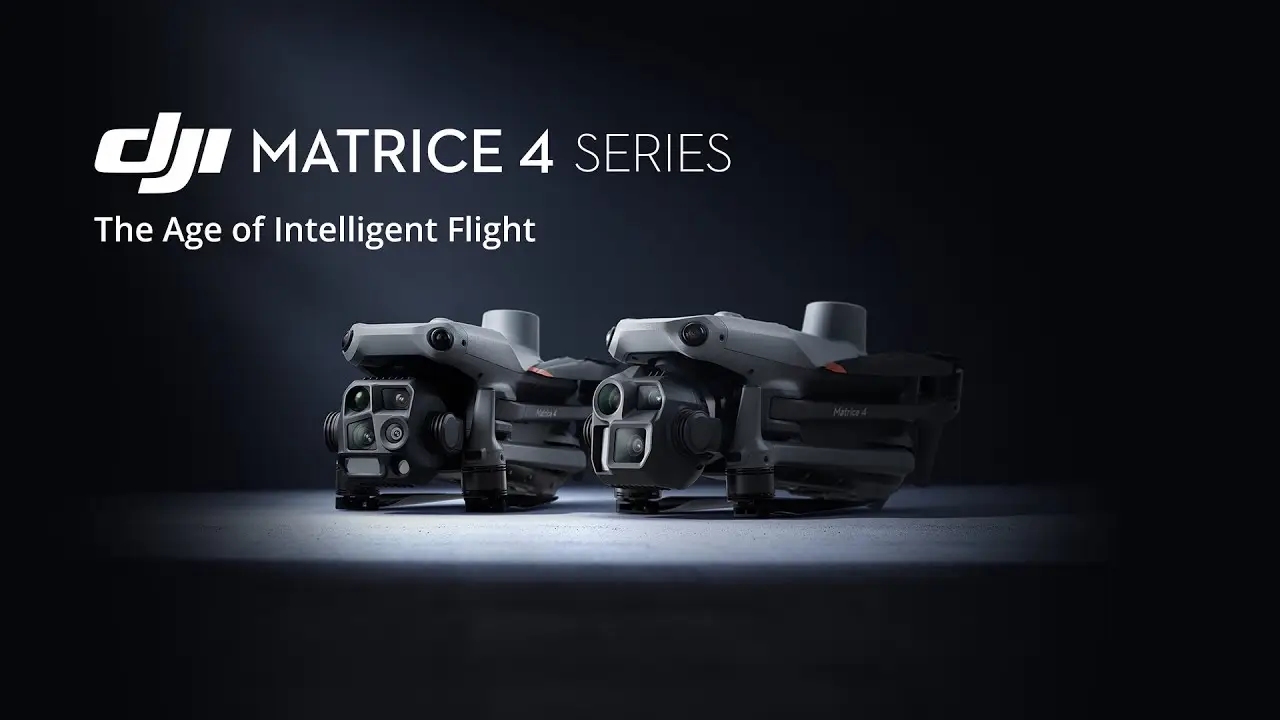Agricultural drones and their impact on precision agriculture
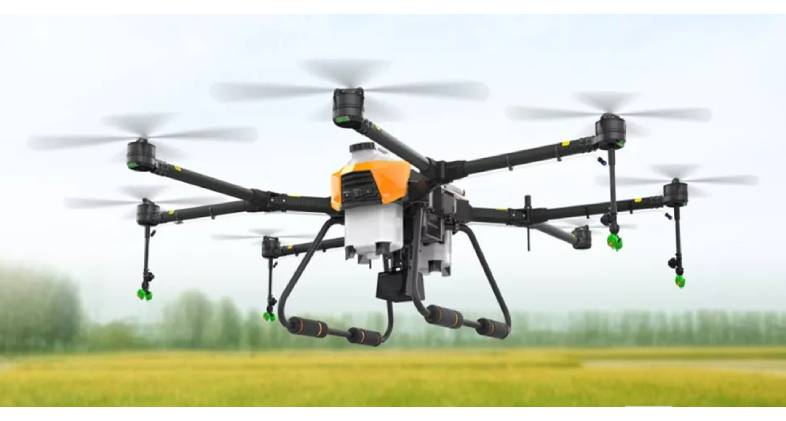
Agricultural drones and their impact on precision agriculture
Agricultural drones can ignite a big change in improving the efficiency of agriculture. According to research (Meticulous Market Research), the world’s population is expected to reach 9.1 billion by 2050 and to feed this population, food production needs to be increased by at least 70%. While traditional agriculture has seen tremendous changes in the past couple of decades, food security still remains an issue and unfortunately, the growth of technology in agriculture has not been able to keep pace with the growth in food requirement. Weather system changes across the globe have also hampered growth in agriculture and certain cities are already running short of water and a decrease in cultivable land. Population growth has also resulted in a decrease in cultivable land as younger populations migrate to cities in search of work and abandon traditional agricultural jobs.
It is in these circumstances that agricultural drones must be seen as a welcome addition to agricultural technology. They are alternative to lack of skilled human resources as well as to the other heavy machines and tools. Further, they have the power to implement improved plantation with crop rotation strategies and give essential inputs associated to the daily progress of crop. These drones are used for soil and field analysis, crop monitoring, irrigation, crop spraying, crop field mapping, crop health assessment, and livestock monitoring among others. The use of these drones is a cheap and economical way to manage farming, which helps to accomplish once time-consuming and difficult tasks, all while dipping costs across the board. For instance, agriculture drones can spray 40-60% faster than manual spraying with saving 30-50% in chemicals. In addition, drones are also able to conserve up to 90% of water usage for agriculture.
Based on application, the agriculture drone market is segmented into precision agriculture, livestock monitoring, smart greenhouse, irrigation, precision fish farming, and other applications. The precision agriculture application commanded the largest share of the overall agriculture drone market in 2019, owing to growing demand for drones in numerous precision agriculture operations, including weed detection, plant counting, crop health monitoring, and harvest season monitoring, among others in order to gain better productivity and increased revenues from agriculture.
However, the agriculture drone market for irrigation is expected to grow the fastest. The fast growth of this market is mainly attributed to growing global demand for drones in water and drought management. Drones with thermal cameras can detect leaks from the water distribution systems of a cultivated field, which helps to take corrective actions in order to avoid the water loss.
Drones in agriculture present an immense opportunity in the Middle East and specifically in the GCC. While numerous challenges exist, drone technology has been proven to create an efficient pattern of cultivation that can be used by individual farmers or government agencies. By reducing the cost of cultivation, drone technology provides the farming community an incentive to invest in food crops rather than focus on commercially viable cash crops. On a policy making level, this translates into better food security as governments can do with lesser subsidies for farmers since growing food crops becomes commercially viable.
At AeroSmart UAV, we are invested in finding solutions for the future. Our range of agricultural drones are highly reliable and are customised to the needs of the farming communities. Our Fly Dragon and DJI drones are some of the most reliable and affordable drones used in agriculture today. Besides drone sales, we empower the farming community across the UAE and GCC by providing continuous support so that real changes are visible in crop output and quality.
TOP SEARCHING BRANDS
